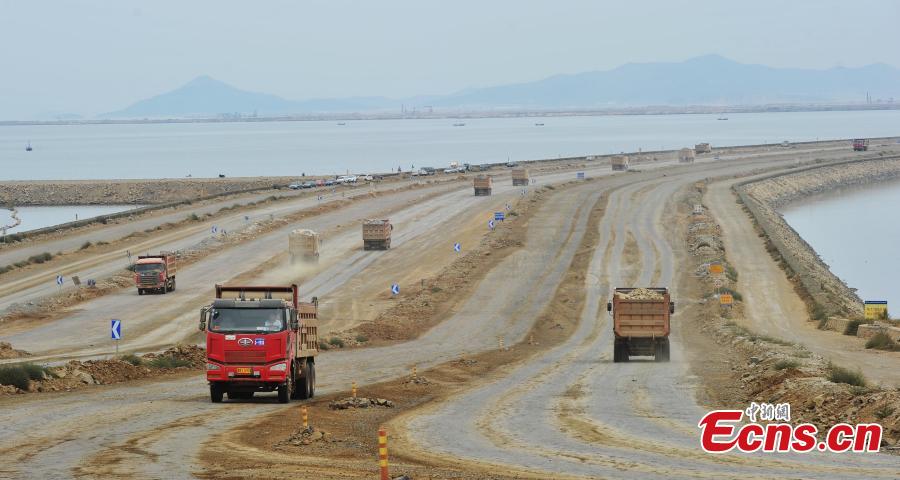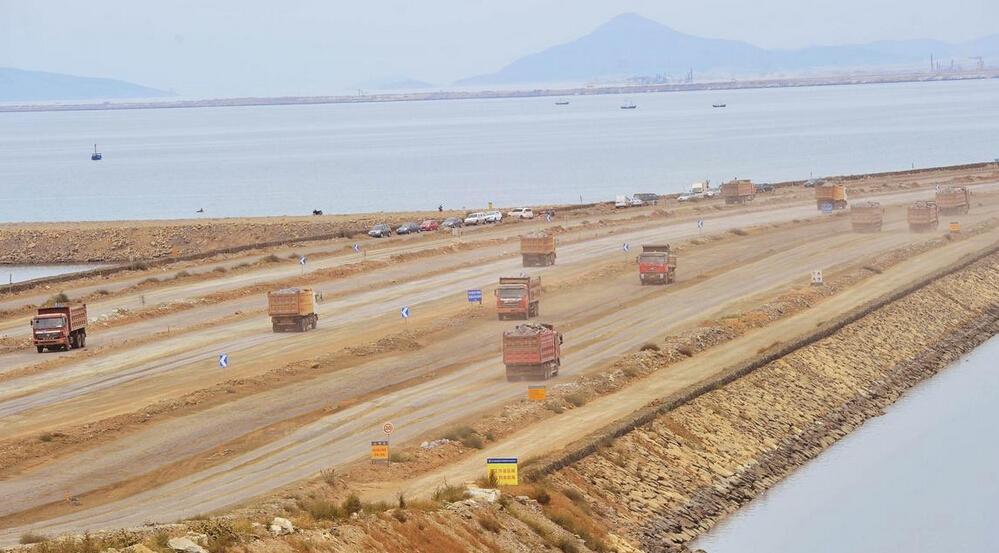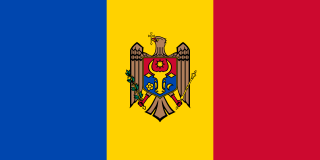These are my photos from Coventry, in the UK, a city of around 340,000 people. It's about 80+ miles North of London, and traditionally in the county of Warwickshire (Which includes Stratford upon Avon) but was a County in its own right for centuries - the County of the City of Coventry.
The City originates from the Anglo Saxon period, and was possibly the site of an Abbey that was founded by Lady Godiva and her husband, the Earl of Mercia. The site was a Nunnery before that, and sacked by the Danish in the 10th century. Coventry is one of around 20 UK cities that have never been formally given 'City' status, but are cities due to 'ancient prescriptive rights' (Because they were called 'cities' before 1189).
The city grew around the Abbey, which became the city's first Cathedral, and a Castle built by the Norman Earls of Mercia. During the civil war of 1139-1154, Coventry was the site of battles between the Earls of Mercia and King Stephen. Shortly after this the castle was left to fall into ruin.
In 1459 the English parliament was held in the Cathedral (The parliament of devils:
https://en.wikipedia.org/wiki/Parliament_of_Devils).
The city was home to a number of religious houses: the Benedictines, Carthusians, Greyfriars and Whitefriars and became on the largest cities in Medieval England with a city wall that had 12 gates.
During the reformation, the city lost its Cathedral (It was demolished) and the other religious houses. Fragments exist of all of them.
The city's main industries were dying and weaving, and the saying 'True Blue' is a Coventry term. The blue dye made in the city would never run, so people used to say 'True as a Coventry Blue' which eventually got shortened to True Blue.
After the medieval period, the city's fortunes declined and it stagnated economically. Cottage of industries of weaving and watchmaking thrived, though, and suburbs were built purely for watchmakers and weavers, fragments of which still exist. Perhaps due to the watchmaking the bicycle industry set up here, and the modern bicycle was invented in the city. This lead to the automotive industry and a sudden growth in size to 250,000 people by the time of World War 2, where the city was heavily involved in the arms and aircraft industry.
The economic stagnation meant the city had changed little over the years and was still pretty much the same it the medieval city, but totally unsuitable for a growing population and the motor car. Pre-war redevelopments saw a lot of medieval streets demolished, and then the wartime raids (Around 40?) saw much of the medieval core destroyed. The city's 2nd Cathedral (A church that made into a Cathedral in the early 20th century) was bombed and the ruin was linked to a new building. So there are 3 Cathedrals in the same area!
After the war, the city boomed again briefly, and much of the surviving buildings were demolished to make way for new social facilities and a shopping precinct. The boom came to an end in the sixties and by the seventies the city's industry was failing. This lead to massive social problems in the 1980s from which came the 2-Tone musical scene (Specials!). The post war reconstruction didn't age well and much of it fell into decay and since the seventies many of the city's big companies (GEC, Courtaulds, Herberts, Wickman and Massey) either closed down or were bought out and the work shifted overseas.
The city has two universities (Warwick and Coventry) and is home to the global HQ of Jaguar Landrover. The city is now mainly service oriented with high-tech automotive jobs and other service industries. In recent years a lot of regeneration work has taken place and there are new high rise buildings going up everywhere!
The city is generally derided and called a 'concrete jungle', but in reality there is very little concrete and most of the post-war buildings are made of brick, stone and slate. Thankfully they are now being looked after and restored.
The post-war ring road around the city centre is probably why it gets called a 'concrete jungle', as it consists of a lot of pedestrian tunnels and flyovers and has not aged well.
This is a view of the bombed Cathedral spire from inside the Herbert Art Gallery:
![]() PA241650
PA241650 by
Bodgecity, on Flickr
The city's motor museum:
![]() P6190431
P6190431 by
Bodgecity, on Flickr
The city centre is surrounded by a ring road. Recent attempts have been made to brighten it up!
![]() Untitled
Untitled by
Bodgecity, on Flickr
The new Cathedral:
![]() IMG_2945
IMG_2945 by
Bodgecity, on Flickr
A recent addition to the city's skyline:
![]() City village
City village by
Bodgecity, on Flickr
![]()
![]()
![]()
![]()
![]()
![]()
![]()
![]()
![]()
![]()






































































































